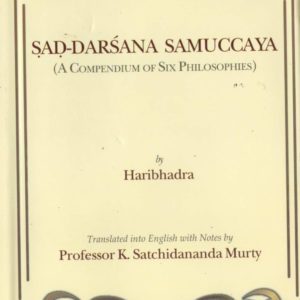Description
This study is an attempt to address this suggestion and addresses schism and its applicability in the Buddhist Studies arena; it analyses the meaning of sect and schism from a comparative perspective. It further examines the social, political, and geographical circumstances of ancient India, which actually influenced and contributed to the first and later splits in the Samgha community. The present work also observes that there were personal conflicts among the disciples of the Buddha, which later emerged as confrontations and caused splitting. Additionally, it also examines and finds that there were different groups of bhikkhus within the Buddhist Samgha who were under the tutelage and leadership of a certain prominent disciple of the Buddha. These were proto-sectarian elements and separate fraternities (nikaya); the royal patronage of these porto-sectarian fraternities caused the formation of various sects. Royal patronage helped these small groups spread to various geographic localities at home and abroad. Ultimately, after comparing and examining the issues, this dissertation concludes that the root of split was embedded in early Buddhism.





